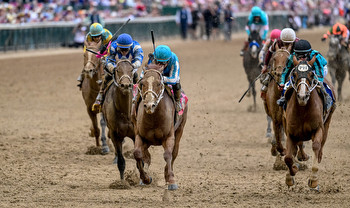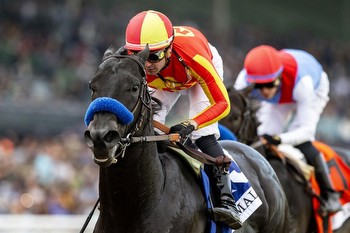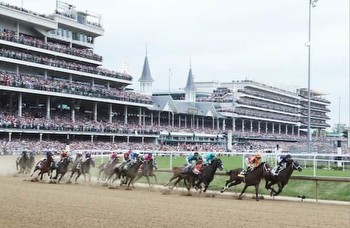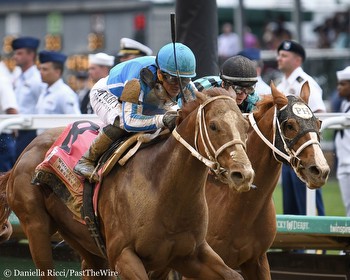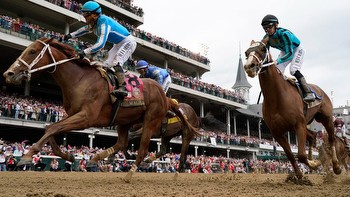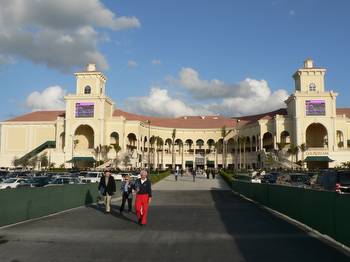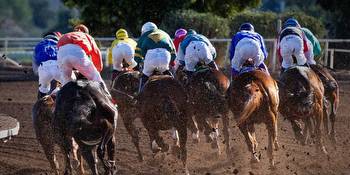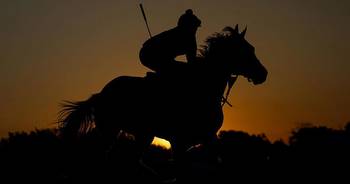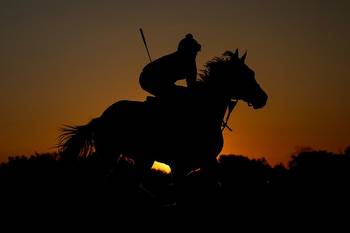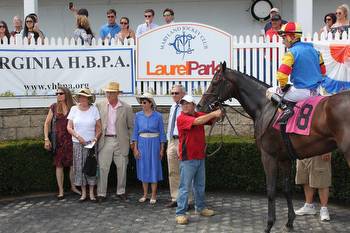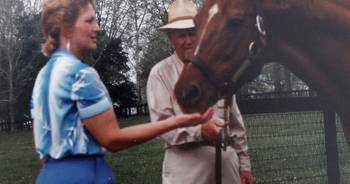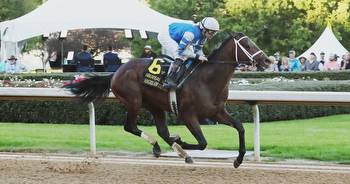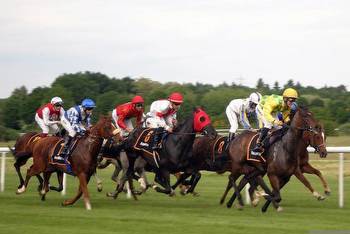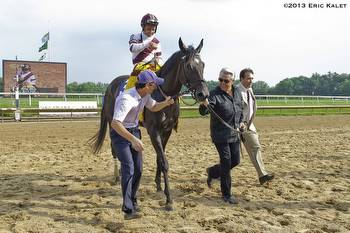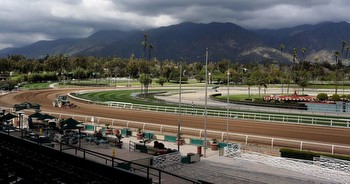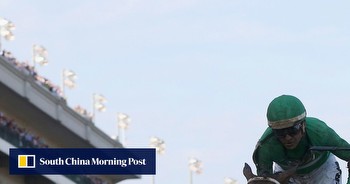Horses: $122 Billion annually to the US Economoy
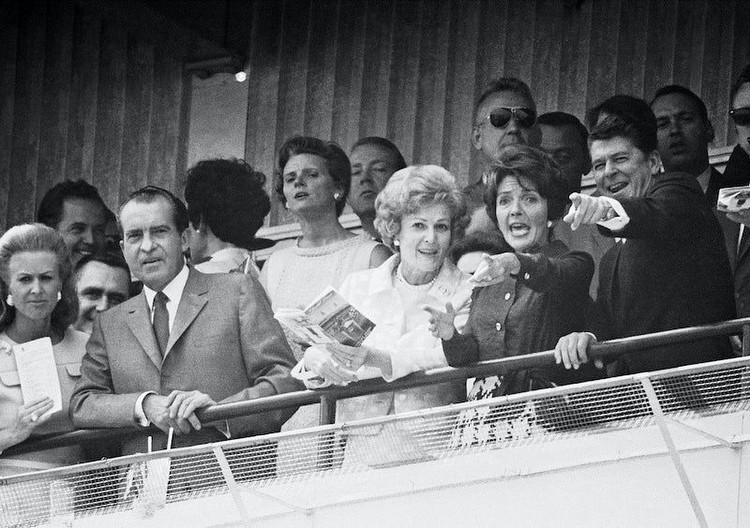
For many Americans, Kentucky Derby day is the one big day when they take an interest in horse racing. In the popular mindset, all roads lead to the first Saturday in May at Louisville.
But as spectacular as that one day is, it’s merely the high point of a multi-billion dollar industry that employs thousands of people. Right around the United States, but particularly in Kentucky, horse racing is not only big business, it’s a livelihood.
- Horse Industry, Horse Racing
- A National Industry
- Vital Industry to Kentucky
- Major Circuits, Major Races
- Local to Global Impact
- Betting Across North America
A national industry
Horse racing, and the horse industry in general, is one of the biggest entertainment and sporting industries in the United States.
The horse industry overall — which includes sectors other than horse racing — is estimated to contribute $122 billion annually to the United States economy. Horse racing itself is a big part of this.
Horses raced for purses of more than $1.1 billion in the United States in 2022, with average purses per day about $290,000. More than $12.2 billion was bet on races in the same year. The overall impact of horse racing and breeding has been estimated at in excess of $30 million, with hundreds of thousands of people employed.
A vital industry to the Kentucky economy
No state conjures images of horse racing more than Kentucky. The Kentucky Derby obviously comes to mind for many people, but there’s much more than just the Derby when it comes to horses in Kentucky.
An economic impact study showed the racing industry employs more than 24,000 people directly in Kentucky, with another 9,400 from indirect sources. About $1.9 billion in income is generated, and $115 million in tax revenue.
A huge part of what makes Kentucky the biggest player in the country when it comes to horses is the breeding industry.
The Kentucky bluegrass is justly famed as the premier place to breed and rear young Thoroughbreds, and the statistics bear this out. Of the total U.S. crop of Thoroughbred foals of 17,348 in 2021, 7,857 were bred in Kentucky — an astonishing 45.3%. No other state comes close: the next closest are California (1,302 foals, 7.5% of the crop), Florida (1,287 foals, 7.4%), and New York (1,239 foals, 7.1%).
Another useful number to remember: the horse industry as a whole contributes 1% of the total Kentucky Gross Domestic Product (GDP). Oklahoma is next in terms of importance with 0.62% of GDP, with no other state higher than 0.26%. So in no other state is the horse industry more important to the economy than Kentucky.
The home to many big races
Everybody knows about the Kentucky Derby, the annual highlight of the North American horse racing year held under the Churchill Downs Twin Spires. But it’s not the only important race in the state; Kentucky also has an outsized importance in hosting major horse races.
One useful way of measuring this is by looking at Grade 1 races — the most prestigious races in the world. The United States will host 97 of these Grade 1 contests in 2023.
The state with the most Grade 1 races is New York, which hosts 33; not surprising for the historic home of U.S. racing, and the fourth-largest state. These include the third leg of the Triple Crown, the Belmont Stakes at Belmont Park on Long Island, and the Travers Stakes at the famed summer retreat of Saratoga in upstate New York.
But tied with California with 20 Grade 1 events, or 22%, is Kentucky, despite having just 1.35% of the country’s population. Churchill Downs hosts important races like the Kentucky Oaks, Turf Classic, and the Stephen Foster, but it doesn’t even host the most Grade 1 events in Kentucky; its total of nine is superseded by the 11 at the picturesque Keeneland track in Lexington, the heartland of the breeding industry. These are highlighted by the Blue Grass Stakes, the Ashland Stakes, and Maker’s Mark Mile.
This percentage becomes even greater when the 14 Grade 1 races held at the Breeders’ Cup, which moves around the country, is hosted in Kentucky, as it was at Keeneland last year.
A global impact
The power of the Kentucky horse industry is such that it has a global impact. Horses bred in the Bluegrass State are not just sought after by North Americans; buyers from Ireland, Britain, Dubai, France, Japan, and Australia are prominent at the big horse auctions in Kentucky. They have not only made an impact on the racetrack abroad; arguably the most important stallions in the last 20 years of the 20th century in Europe (Sadler’s Wells), Australia (Danehill), and Japan (Sunday Silence) were all bred in Kentucky.
The draw of Kentucky itself is a global one. Visit the major breeding farms around Lexington, or the training tracks at Churchill Downs and Keeneland, and you won’t just hear Kentucky accents. People come from around the world, either to visit or to live and work in the Thoroughbred industry.
The biggest betting race in North America
With fantastic promotion, build-up through 48 prep races in six different countries, and the tradition that comes with nearly 150 years of history, the Kentucky Derby is the biggest horse racing event in North America. In terms of public interest, it’s the event where North Americans who only bet once a year on a horse race will put their money down — like the Melbourne Cup in Australia or the Grand National in England.
As a result, it’s by far the biggest betting race in North America. Last year, more than $179 million was bet on the Kentucky Derby parimutuel pool. This compares well to the Grand National, where the betting is estimated in the $190 million range, and the Melbourne Cup, where betting is around $150 million.
However, there’s a bit more catching up to do for the Kentucky Derby to become the world’s biggest betting race. That goes to Japan’s Arima Kinen, where enthusiastic bettors put down an astonishing $380 million.
But if a horse from Japan can win the Kentucky Derby — and they may have a potentially serious chance in 2023 with Derma Sotogake — and boost handle on the race from that betting-mad nation, then who knows?

